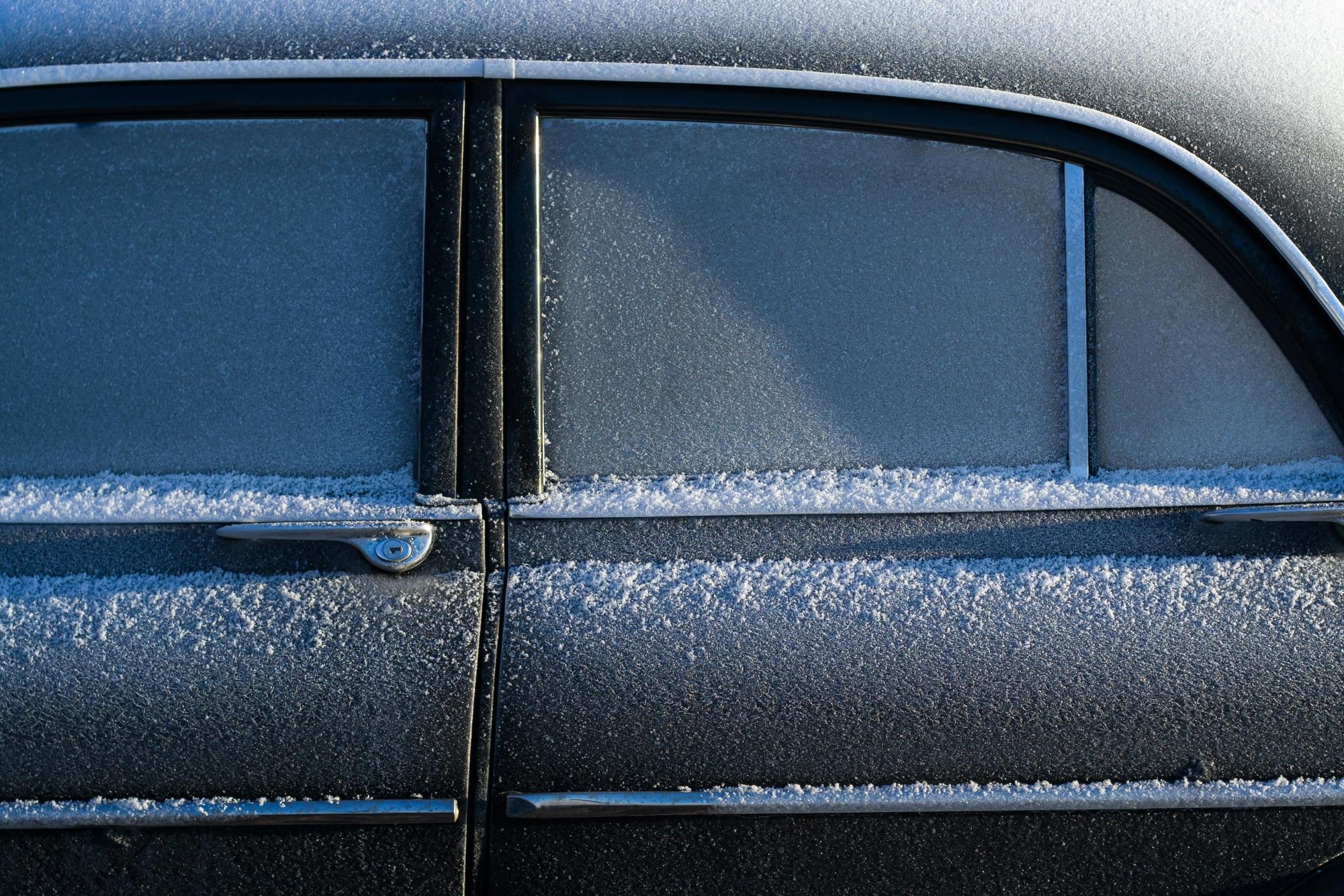
Juha Lakaniemi
With temperatures plunging and roads turning slick, your car will need more than a full tank or charged battery to tackle this winter season. Icy and snowy conditions cause over half a million automobile accidents and 1,705 yearly fatalities. Preparing your vehicle goes beyond convenience, it’s a matter of safety. With gasoline cars dominating the roads and electric vehicles (EVs) on the rise, these tips will help to navigate the winter months with confidence.
Regardless of the car type, cold weather can severely impact a car’s battery. At 32 degrees Fahrenheit, gas and electric vehicles only retain 65% of their usual power; at 0 degrees Fahrenheit, it drops to 40%.
The lower temperatures hinder the battery’s ability to function at full capacity, making it crucial to take proactive steps in maintaining your battery.
“It’s important to ensure your terminals are clean and corrosion-free, as a weak or dirty battery can leave your gasoline car struggling to start,” Nestor Cevallos, an auto mechanic with over 20 years of experience at Mobil gas station in Queens, said.
For EVs, when temperatures fall below the ideal range of 68 to 113 degrees Fahrenheit, their battery performance drastically declines, impacting both charging efficiency and range. To combat this, Cevallos recommends utilizing the EV’s preconditioning feature, which heats the battery and cabin, or taking advantage of the scheduled charging feature.
“If you know you’re leaving at eight in the morning, set the charging schedule to start three to four hours beforehand,” Cevallos continued. “Plan your routes with charging stations in mind, as frequent charging will help keep the battery warm.”
To conserve battery while staying comfortable, consider using heated seats and steering wheels since they use less energy than the cabin heater.
Manufacturer-recommended tire pressure and proper tread depth are also crucial for optimal traction in the winter. Underinflated tires create more friction with icy roads, reducing grip and increasing the risk of accidents, while worn-out thread can make vehicle control more difficult.
“It’s essential to make sure your tires are in tiptop shape,” Mark Goldstein, a professional driver at Attitude New York in Queens, said. “You can check tread depth by inserting a quarter upside down into the tire tread.”
“If you see the top of George Washington’s head, it’s time to replace your tires.”
Though all-season tires are usually sufficient for areas with a milder climate, winter tires are the best for harsh winters and extreme cold temperatures. Unlike non-winter tires, which harden in freezing temperatures, winter tires have special compounds that maintain flexibility and provide better traction.
Keeping all your vehicle’s fluids well-maintained is essential for prime winter performance. For gasoline cars, this includes checking the engine oil since it thickens in colder temperatures, making it paramount to check its level and viscosity. Analyzing antifreeze levels is also vital as it prevents your engine from freezing.
While EVs don’t require engine oil, monitor the coolant, which helps the battery regulate its temperature and performance.
For both car types, the windshield wiper fluid reservoir should be refilled regularly with a winter-grade formula that includes a de-icer to melt any ice and snow, enhancing visibility.
“Besides topping off their winter fluid, drivers often overlook replacing worn wiper blades,” Orlando Carvallo, an auto mechanic at Artie’s Auto in Queens, said. “Make sure to check your wipers, lights and brakes to ensure full visibility and safety on those icy roads.”
Carvallo urges all drivers to “prepare for the unexpected” with an emergency kit in case of an accident or breakdown.
Essential items for your emergency kit should include a snow scraper, blanket, jumper cables, charger, flashlights and non-perishable snacks.
“You can never be over-prepared,” Carvallo added.
By taking action now, you can protect your car, improve its performance and navigate the winter with greater peace of mind.







